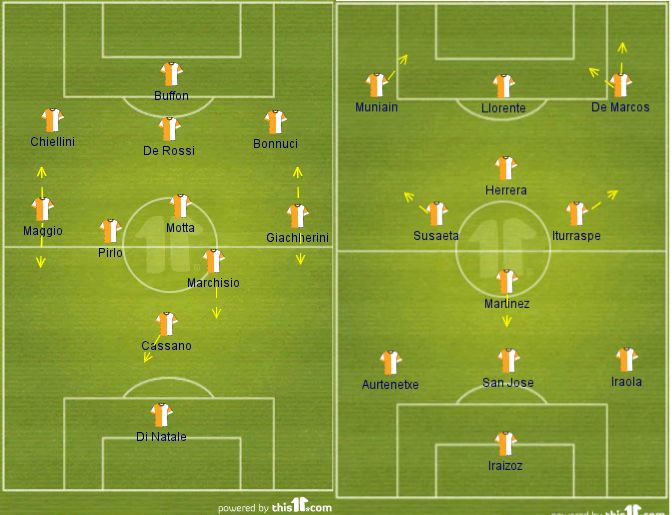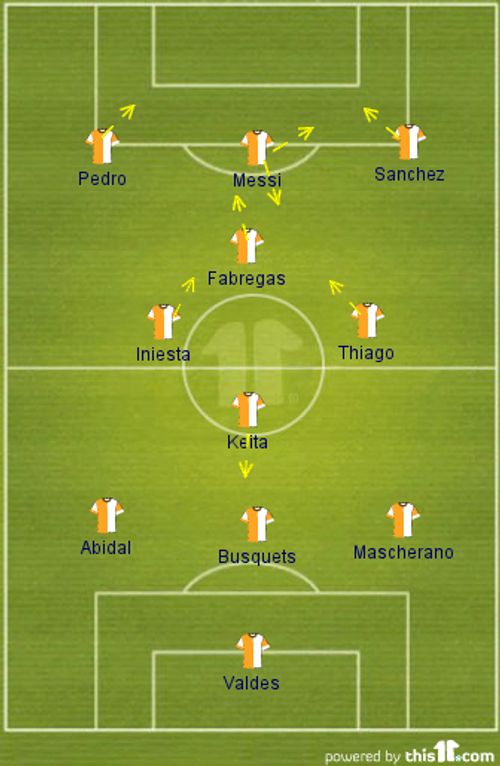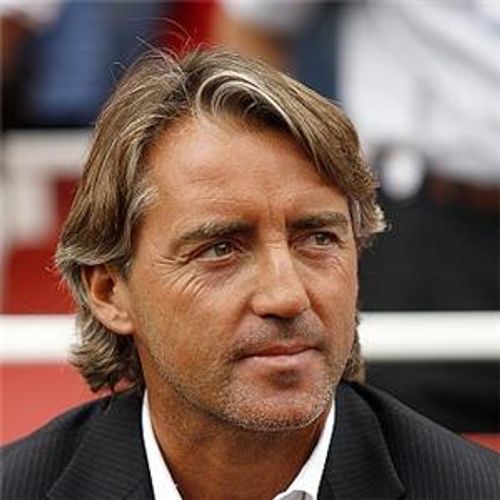
3 is the magic number, yet again!
The 3 man defense is on the rise, as teams across Europe are shifting focus from the 4 man back line to the yesteryear’s 3 man foundation..
Playing 3 central defenders was somewhat a forgotten art. Gone were those years when the best teams had 3 pillars standing in front of the goalkeeper, ruthlessly demolishing attacks and initiating attacks of their own.
But, if recent trends are anything to go by, the 3 man back line could soon be the talk of the town again! Quoting Alberto Zaccheroni,
“In the medium and long term, games are always lost in central midfield and this tactical solution allows you to have a very dense one at that… The return of this kind of defence is borne out of the desire not to lose the battle in the middle of the pitch. The use of a three-man defence is not to add an extra striker to the team but an extra midfielder.”
Before proceeding any further, let me first give a brief gist about the 3 man defence.
A 3 man back line can be deployed in a variety of formations and setups – From a high energy team that presses high, to a team that is content to invite waves of opposition attack onto itself. The best examples of the two contrasting systems would be the Athletic Bilbao team that demolished Man United at Old Trafford, and the Italian team that drew Spain at the Euro 2012.

Italy on the left; Bilbao on the right.
The arrows indicating player movement show that where Bielsa setup his team to press the opposition, Prandelli setup his team to invite the opposition(to attack.) The basic difference lies in the starting formation – Italy played a 3-5-2, whereas Bilbao played the 3-4-3 or a highly energetic 3-1-3-3(The same formation that Bielsa used with Chile in the 2010 World Cup.)
Striking a general keynote, the defensive midfielder is probably the most important component of any formation which uses the 3 man back line. The ‘anchor’ is not only in charge of the midfield, but also given the additional responsibility of dropping back when required. A surgery of Barcelona‘s Number 14 – Sergio Busquets will clearly explain the role of the ‘anchor.’

On Left – The starting position of the Barcelona team. On right – Formation after player interchange.
Sergio Busquets started as the anchor alongside the Box 2 Box midfielder – Seydou Keita. As and when required, Busquets dropped back to form a back 4(as can be seen in the figure) and Iniesta drifted inside, with Keita assuming the role of Busquets.
In this context, let us now talk about the most successful setups with a 3 man back line in the current generation.
1) Pep Guardiola’s 3-4-3( The one with a twist.)
Guardiola first used the 3-4-3 against Villarreal. And it yielded immediate success as Barca demolished the Yellow Submarines 5-0.

Guardiola’s 3-4-3/3-1-3-3
A specific outline: Sergio Busquets(the sweeper) always held in position. Abidal(the LCB) and Mascherano(the RCB) pushed forward slightly to press and stop the opposition center forwards. When in isolation, The ‘Anchor’ in Keita moved back alongside Busquets to form a 2 man Central defence. As in the case with Bielsa’s 3-1-3-3, the ball playing midfielders(Iniesta and Thiago) made diagonal runs in-field. With this setup having no full-backs or wingers, the front three of Messi, Pedro and Sanchez spread wider than usual, thus making room for Fabregas to move forward and play as the ‘false 9.’
2) Walter Mazzari’s 3-5-2/3-4-3

Mazzari’s setup.
A specific outline : Mazzari’s system has a much more conventional look about it. It quintessentially mirrors the conventional 3-4-3, with the only difference being the role of Marek Hamsik – who operates as a Right Wing Forward at times and as an Attacking midfielder at times, rendering fluidity to the attacking play. The 3 man back line is pretty static – equipped to defend deep rather than maintaining a high line. The midfield of Inler and Gargano has vision and steel in the right balance, and the attack of Napoli( read as ‘The Holy Trinity’ of Italian football) were almost unplayable at times.
Though, with the departures of Gargano, Lavezzi and the imminent departure of Cavani, it remains to be seen whether this system will sustain it’s success or not.
3)Antonio Conte’s 3-5-2 :

Conte’s Scudetto wining team.
A specific outline : Much like Walter Mazzari, Conte’s system is pretty much a conventional 3-5-2. The back-line looks solid, to say the least. The midfield has the perfect blend of grit, energy and the class of Andrea Pirlo, who has undergone a renaissance of sorts since coming to the Juventus Arena. The striking department falls short in terms of a ‘marquee’ name but Mirko Vucinic somewhat made up for it last season, with an impressive return.
According to many, what the midfield lacked last season was a bit of flair and ‘dribble.’ And to solve that problem, Juve have brought in their son, Sebastian Giovinco from Parma in the summer mercato, and have almost landed Fernando Llorente from Bilbao, if reports are to be believed. It will be interesting to notice the use of Giovinco in this system. Will Juve revert to the 3-4-3( with Giovinco playing as a wing forward) or will they completely dismantle the 3 man defence in favour of the 4-2-3-1(with Giovinco playing in the hole.) Only time will tell.
Scope of the 3 man back-line in the Premier League :
The 3 man back-line is a forbidden art in the hustle of the Premier League. Even in the 80′s and the 90′s, when teams across the world thrived on the 3 man back-line, English teams stuck to the 4 man defence.
Coming to the present scenario, some teams have tried out the 3 man back-line, with Roberto Martinez’s Wigan being the torch-bearers in this regard. Since the start of the season, City and Chelsea have tried out the 3 man back-line on different occasions, with results being of the mixed nature. At the end of last season, Brendan Rodgers implemented the 3-4-3( ‘the diamond three’) against Wolves. Kenny Dalglish, in his time at Anfield tried out the 3 man defence and it yielded him great returns, with Chelsea being the most notable scalp of this tactic.

Mancini could use the 3-5-2 at the Etihad this season.
The key to the defence in a 3 man back-line is that the center-backs on the flanks must be mobile enough to track the runs of wingers, in case the wing backs get caught out. At the moment, there are not many defenders like these in the Premier League. And when one has full-backs like Rafael and Ashley Cole, a 3 man defense could be a bit of gamble, to say the least.
All in all, the 3 man back-line has definitely returned to the fold once again, and when one has the tactical nous of coaches like Bielsa and Fransesco Guidolin, it may not be long to go, until the ’3 man pillar in front of the goal-keeper’ gathers full pace, again!